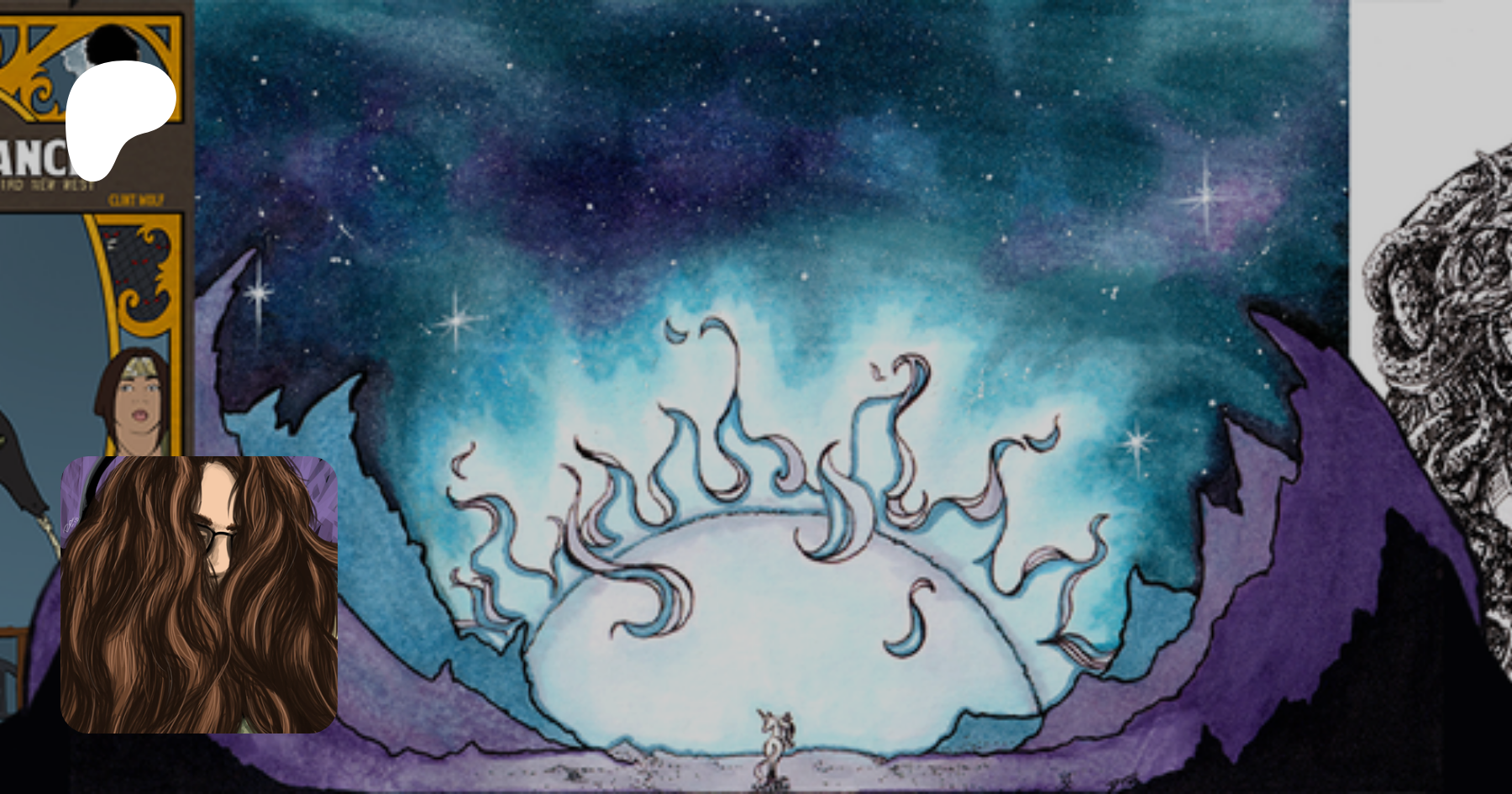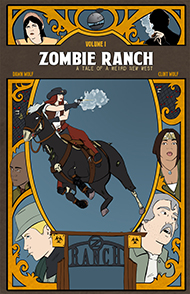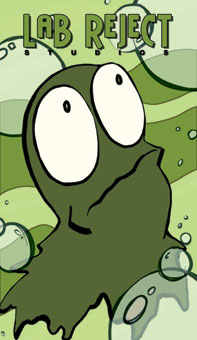In last week’s blog I brought up Twilight in an indirect fashion. Not long after, I followed that up by also discussing it in an email exchange with one of our newest Rancheros who spoke of his tweenage daughter’s disdain for zombies (but her love for the Edward, Bella, and Jacob). Apparently this topic is on my brain of late.
Now, I’m not like some of my friends in wanting Stephanie Meyer to painfully DIAF, but in our bad movie club we recently had a viewing of “New Moon”, and damn if Twilight didn’t call us zombie fans out. If you haven’t seen it (and I’m willing to bet a lot of you haven’t), there’s a scene where Bella and one of her friends are leaving a theater where they’ve just seen a zombie flick, and Bella’s friend is bitching a blue streak about not just the movie they saw, but the whole genre.
“I don’t know why you want to sit through all those zombies eating people and no hot guys kissing anybody. Gross. Like why are there so many zombie movies anyway? Is it supposed to like draw a parallel with leprosy? My cousin had leprosy, it’s not funny, you know? And like is it supposed to be a metaphor for consumerism? Cause don’t be so pleased with your self-reverential cleverness, you know. Like, some girls like to shop.”
Reportedly, although they do go to see a zombie film in the novel, the reactions to it are limited to Bella angsting about her own relationship based on a young (living) couple in the movie, not clumsily trying to stick a thumb in Romero’s eye. This means Meyer is not responsible for the salvo so much as screenplay author Melissa Rosenberg.
Maybe she was being ironic, I don’t know. On the one hand, Melissa Rosenberg has written several episodes of Dexter. But on the other, she wrote several episodes of Birds of Prey. Whatever the case, due to her words I got to enjoy a roomful of grinning acquaintances suggesting that obviously, what I needed to do to make Zombie Ranch more popular was have two hot zombie dudes kissing.
Look, as a rule? Zombies are not hot. I’ll agree with Bella’s BFF about that (apologies to those of you out there making and buying the Zombie pin-up girl calendars). But at that moment, besides wanting to murder several of my closest friends, I thought: Is this what horror has come to? Our monsters have to be sexy, or no one sees the point?
That can’t be right, or the Friday the 13th and Nightmare on Elm Street remakes would have featured a shirtless Freddy and Jason with rippling abs and chiseled-yet-tender brooding countenances. I probably shouldn’t be giving Hollywood ideas, here.
Vampires and werewolves have always had a certain erotic component to their mythos, and I don’t mind if that’s played up. I think Meyer goes too far, though, by getting rid of or downplaying a lot of the danger that ought to go with it. Sure Edward talks about being dangerous, but we don’t really see it, except perhaps in the sense that his aloofness causes Bella to attempt suicide. But that doesn’t speak “vampire” to me so much as “dude being a douche”. On his end, he really seems to have nothing serious to angst about. Sunlight doesn’t bother him, he has a cozy family to hang out with, he gets along fine on deer blood without ever having to touch a person… you just never get the sense that vampirism is any sort of curse, so when he refuses to make Bella a vampire, then again he just seems like he’s being a douche, especially when he’s simultaneously all torn up because they can never truly be together.
Jacob seems similar in that I never get that sense of loss of control and undercurrent of barely controlled rage that’s at the center of the werewolf myth. So with Twilight I feel like we get VINOs and WINOs (INO = In Name Only), which leaves me with a bland protagonist and a lot of dudes taking their shirts off. It’s about hot guys kissing people, not monsters, and hot guys kissing just doesn’t do much for me on its own.
But am I a big hypocrite for thinking this way? After all, we’ve had hot chicks in horror movies almost since the beginning, panting and swooning and getting preyed on while in flimsy revealing outfits. If the “monster” happens to be female, they tend to be highly sexualized both in appearance and behavior, often having a component of nymphomania combined with Black Widow syndrome. How many times have we seen the tagline “She mates… and then SHE KILLS!” or something similar? How many times have we seen horror covers that juxtapose a sexily posed woman with disgusting monstrosities, regardless of whether she’s cowering, controlling, or co-existing? Even our Zombie Ranch covers are guilty of that. A lot of these efforts were not particularly heavy on story or character development, so are we justified applying a double standard now that bare-chested hunks are making inroads on the genre? Just the other day a friend was telling me about a comic book proposal he’d looked at, and his take was: it had horror, it had hot girls… and frankly, at that point he was in. Nothing else necessary. So too, perhaps, with Twilight fans.
But maybe the key difference here is that the horror element needs to be maintained. The HBO series True Blood has plenty of hot guys kissing people, but the monster is always there as well, which is what makes it compelling for me. That element of horrible, horrible danger always lurking, even through the more comedic, touching, or simply quiet moments. Certainly it’s there in the “sexy” moments; if you’ve seen the episode from a couple of weeks ago, you know there was one scene between Bill and Loretta I would guess only a very small segment of the population could possibly be turned on by. And in a more recent episode I won’t spoil, the sex was purely a means to a very brutal end.
Is it because Twilight is meant as Young Adult fiction? I don’t buy that that has to be true, since the Harry Potter books have some very intense stuff in them. Hell, decades before J.K. Rowling, Roald Dahl wrote “children’s classics” like James and the Giant Peach or Charlie and the Chocolate Factory that weren’t afraid to explore the dark side, and neither of those books were dealing in vampires and werewolves as subject matter.
As Young Adult fiction, Twilight seems closer to Sweet Valley High… which is fine, we all were young once, and we all have our guilty pleasures. But oh, the irony of a character trying to deconstruct the zombie genre, when Twilight can’t even get its own monsters right.
You can have horror without hotness, and horror with hotness, but if you have hotness without horror, then you have something else entirely.
Now let’s, like, go shopping.
(And for a toothily tongue-in-cheek look at bringing “hotness” to both vampires and other monsters of fiction, click here: LINK)







